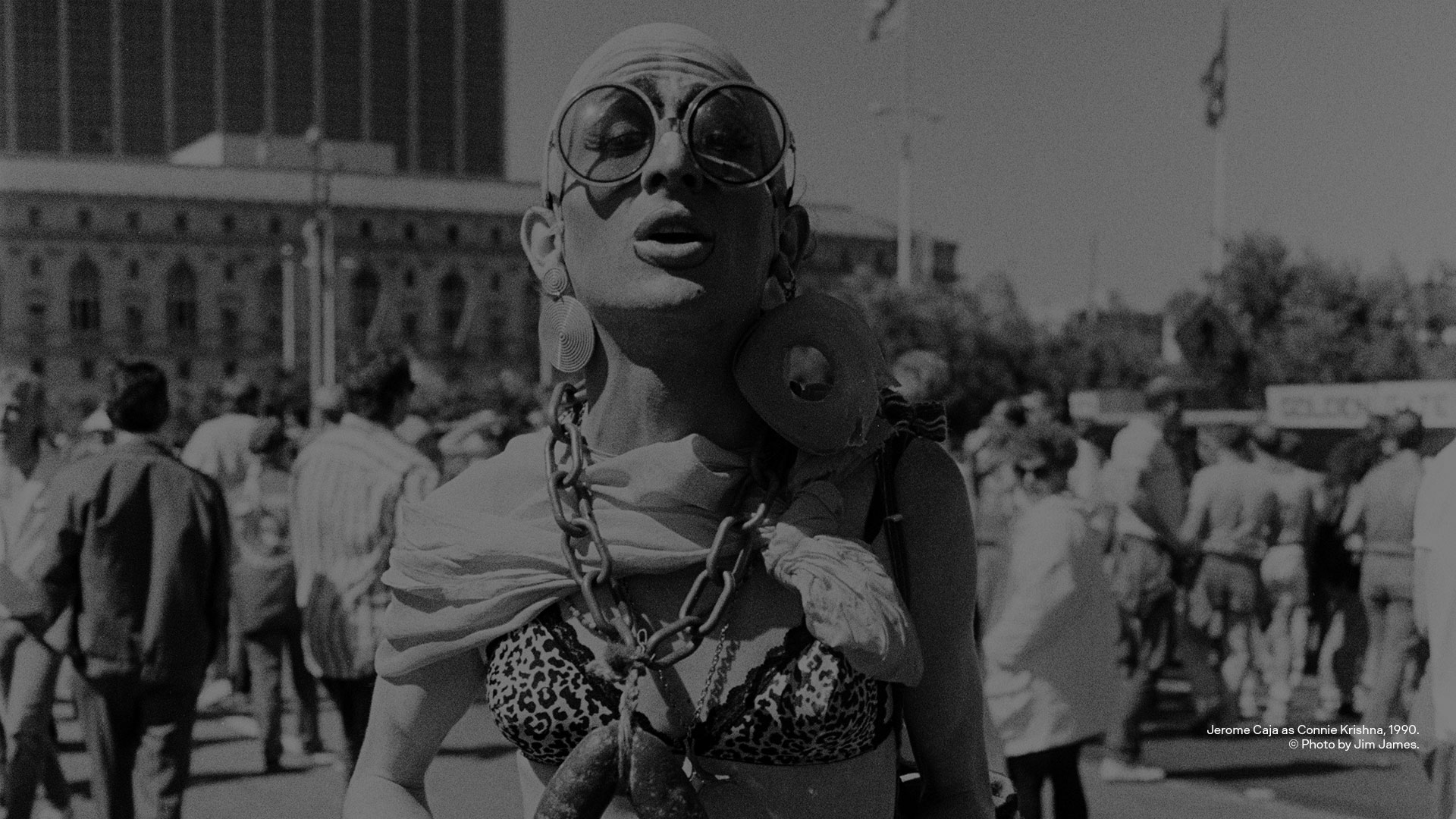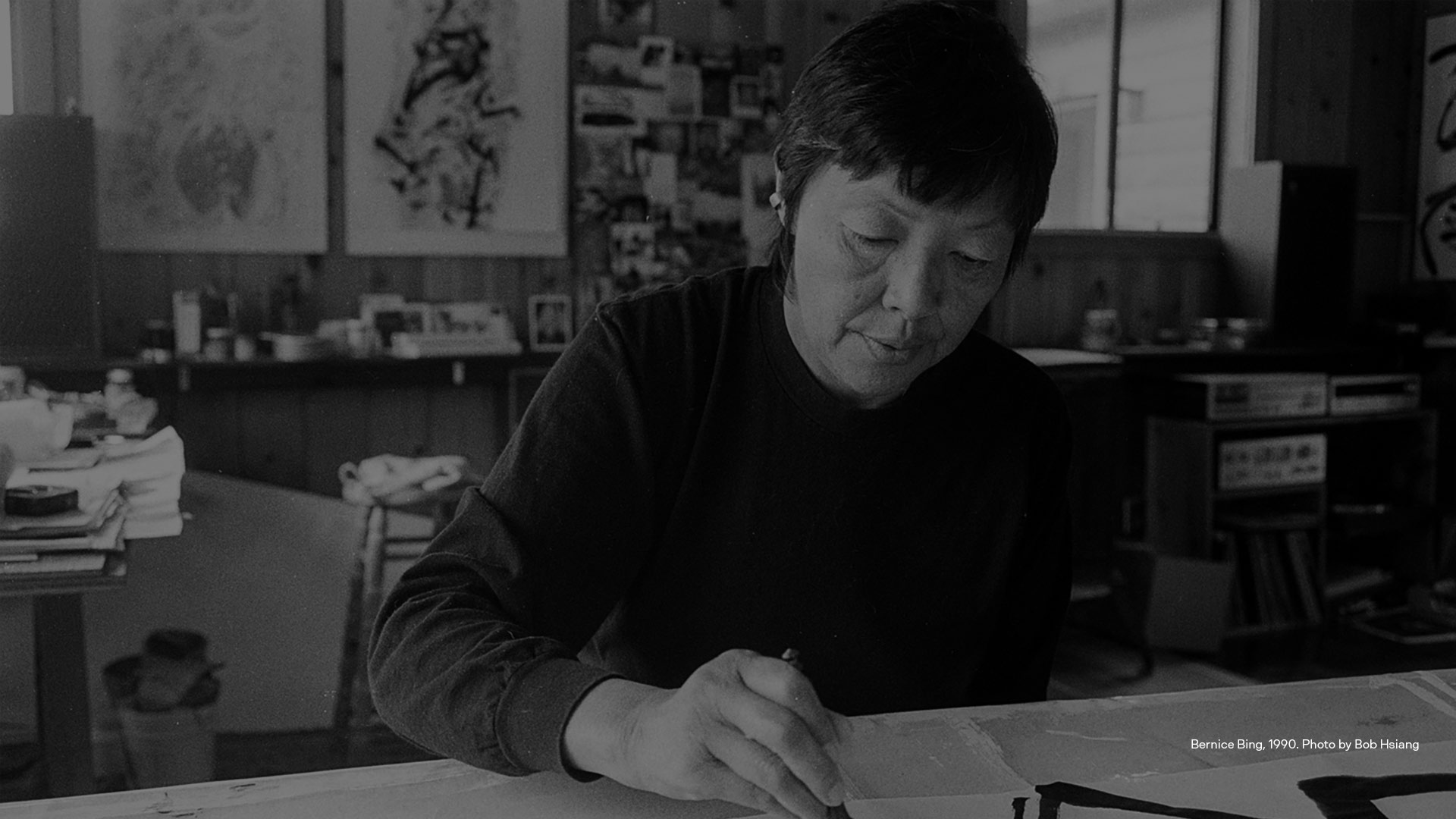We’ve got our share of triennials and biennials at local art institutions — survey exhibitions and juried showcases of living artists shaping the Northern California art landscape. But besides a few one-off collaborations between pairs of museums, there’s never been a connective thread that ties our many regional offerings together.
New Triennial Coming to Northern California Art Institutions in 2027

This will all change in the spring of 2027, when a new initiative founded by philanthropist Robin Wright will bring together dozens of Northern California arts nonprofits and cultural centers under the banner of the Further Triennial.
“I think we’ve all been thinking about something like this since Pacific Standard Time did their first iteration,” Wright says, referencing the 2011 collaboration between nearly 60 Southern California institutions funded by the Getty Foundation. The PST series, now on its third iteration, put forward an alternative version of American art history, highlighting the post-war role of Los Angeles in driving movements and practices.
“It was so specific to Southern California that it felt like we were the other part of the story in some ways,” Wright remembers. “We felt we could do a very interesting, similar kind of event up in Northern California.”
In 2018, she began convening a group of curators and directors from local arts institutions to talk about what they’d want to see happen. The pandemic interrupted their sessions, but conversations began again in earnest last year.
In July 2024, Wright hired Zully Adler, who had just finished his dissertation on the late Bay Area artist Martin Wong, as director of the Further Triennial (its name a nod to Ken Kesey and the Merry Prankster’s rainbow-painted bus). The project has an initial pledge of $1 million, and hopes to raise at least $3 million to run the operation.
The list of participating institutions, currently numbering over 20, includes small nonprofits like 500 Capp Street and the Berkeley Art Center alongside major university museums like the Manetti Shrem at UC Davis. The region’s major players are all involved, including the San Francisco Museum of Modern Art, the Fine Arts Museums of San Francisco, the San José Museum of Art, and the Cantor Arts Center. The organizers expect even more organizations to join.

“What we have here is such a rich and diverse institutional landscape,” Adler says. “We have community-oriented spaces and identity-specific spaces that are extremely distinctive. And so my job is one of encouragement … cheering them on as they realize a project that’s in resonance with their own mission and values.”
The first triennial, which will take place between March and June 2027, plans to emphasize “the untold and the offbeat” stories of Northern California art. While many of these stories may be well known to local art history buffs, Adler points out, “if you step ever so slightly outside, people don’t realize these sort of extremely formative and anticipatory moments in our history here.”
Do most people outside of the region know, for instance, about the Museum of Little Known and Unknown Objects, a 1949 exhibition organized at the San Francisco Art Institute by faculty member Clay Spohn? (Spohn’s room of junk is credited with kicking off California’s Dada/Funk/assemblage sculpture movement.) Adler points out this installation took place two decades before Marcel Broodthaers’ Museum of Modern Art, Department of Eagles, a fictional museum the Belgian artist created between 1968 and 1972.
“[Broodthaers] essentially inaugurated what they would call institutional critique or artists considering what it means to be a museum in the first place,” Adler says. “And here’s a local artist who did it decades before, who was never a part of that story and probably didn’t even want to be.”
The Further Triennial follows in the footsteps of not just the Getty’s PST programming, but other region-wide and citywide art projects from across the country. Prospect New Orleans, a triennial first organized in 2008 in the aftermath of Hurricane Katrina, will open its sixth iteration on Nov. 6, 2024. Other efforts have been less long-lasting: FRONT International, a free public art exhibition organized in Cleveland, Akron and Oberlin, Ohio, announced earlier this year it was canceling its 2025 program and winding down operations, despite large crowds and critical acclaim.

Adler’s dream for the triennial is simple. “It’s that Northern California reveals all of this depth and dimensionality in a way that reaffirms it as a site of artistic pilgrimage,” he says. “That you come here to see the types of art you just cannot see anywhere else.”
He hopes that both visitors and locals will learn more about the region’s independent, off-kilter and truly one-of-a-kind artistic offerings. Both he and Wright are well aware the triennial can be read as an energetic counter to the region’s doom-loop narrative.
“We would hope that this project contributes to the animation of our civic life at what feels like a pretty critical moment in its renewal, but I also feel like the arts here are stubborn in their durability,” Adler says. “Very powerful and unlikely practices continue to take shape here and they’ve been obscured by an overweening narrative that leaves little room for us to celebrate the things that are actually happening.”
Even though 2027 is still a ways away, the project is much closer to becoming a reality than it was when Wright first started talking to people about it. “The one thing I can say at this point, the enthusiasm has been so wonderful,” she says. “It just seems like people feel this is important. And it’s about time we do something like this.”

